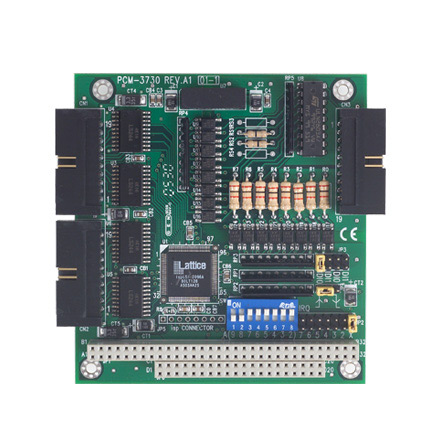

The Allure of Reflective Gray Glass A Material of Modern Elegance
In the realm of contemporary architecture and interior design, the materials we choose often speak volumes about our aesthetic sensibilities and functional needs. Among the various materials that have gained popularity in recent years, reflective gray glass stands out as a symbol of modern elegance and versatility. Its unique interplay of light, form, and space transforms environments, evoking a sense of sophistication and tranquility.
Aesthetic Appeal
Reflective gray glass is not merely a functional building material; it is an artistic medium that enriches the aesthetic landscape of urban environments. Its muted color reflects a sophisticated neutrality, enabling it to integrate seamlessly with various architectural styles. By reflecting the surrounding environment, this glass creates a dynamic visual experience, often blurring the lines between indoor and outdoor spaces. Buildings clad in reflective gray glass appear to change throughout the day, depending on the angle of the sun and the shadows cast by nearby structures. This ever-changing quality keeps the design fresh and engaging, inviting passersby to appreciate its complexities.
Moreover, the nuanced tones of gray evoke feelings of calm and serenity. In contrast to more vibrant colors, reflective gray glass embodies a sense of understated luxury. This quality makes it an ideal choice for modern homes, corporate buildings, and public spaces where the balance of professionalism and warmth is essential.
Functional Advantages
Beyond its beauty, reflective gray glass offers numerous functional benefits that contribute to its widespread use in architecture. One of the most significant advantages is its energy efficiency. The reflective properties of the glass help to reduce solar heat gain, minimizing the need for artificial cooling in warmer climates. This not only creates a more comfortable indoor environment but also translates into energy savings for homeowners and businesses alike.
Furthermore, the dark, reflective surface of gray glass provides privacy without sacrificing natural light. Specifying reflective gray glass for windows and facades allows occupants to enjoy unobstructed views of the outdoors during the day while preventing casual observers from peering inside. This delicate balance of visibility and discretion is particularly appealing in urban settings where properties are often in close proximity to one another.

Architectural Versatility
Reflective gray glass is incredibly versatile, making it suitable for a wide range of applications. Its use extends from sprawling commercial buildings and modern office complexes to residential properties and retail spaces. Architects and designers appreciate its adaptability, as it can be employed in a variety of forms, from expansive curtain walls to intricate design features such as balustrades and canopies.
The material also pairs beautifully with a range of other materials, such as steel, wood, and concrete, allowing for creative expressions of contrast and harmony. The reflective nature of the glass can illuminate textured surfaces, adding depth and dimension to architectural designs. As such, it has found a place in innovative projects around the world, contributing to striking skylines and captivating interiors.
Environmental Impact
As society becomes increasingly conscious of environmental issues, the sustainability of materials used in construction has gained importance. Reflective gray glass can be produced with energy-efficient methods and can be sourced from recycled materials, making it a responsible choice for eco-conscious projects. Its durability ensures a long lifespan, reducing the need for frequent replacements and minimizing construction waste.
In addition, when used intelligently within designed spaces, reflective gray glass contributes to natural ventilation and daylighting strategies, further enhancing the sustainability of a building. The seamless integration of beauty and functionality positions reflective gray glass not just as a design choice, but as a crucial element in the development of sustainable architecture.
Conclusion
Reflective gray glass is much more than a simple architectural material; it encapsulates the aspirations of modern design—style, sustainability, and functionality. Its ability to transform environments while enhancing energy efficiency makes it a favored choice among architects and designers. In a world imbued with complexities, reflective gray glass stands as a testament to the beauty of simplicity, a material that invites us to reflect—both literally and metaphorically—on the spaces we inhabit.